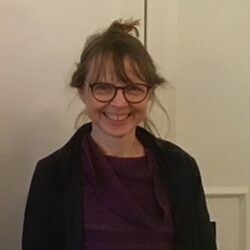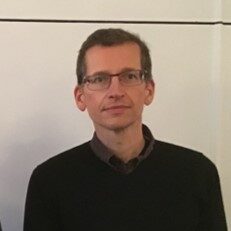In this project, the dynamics of light-activated formation of condensates of splicing regulatory proteins will be studied by experiment and simulation, as an example of a phase-separation process that responds to external stimuli and is linked to plant morphogenesis. Alternative splicing (AS) contributes to the regulation of eukaryotic development, however, the mechanisms by which complex AS patterns are coordinated are poorly understood. Previously, we established the occurrence of light- and sucrose-triggered AS in etiolated seedlings, and identified RS proteins, which are a subfamily of serine/arginine-rich proteins (SR proteins) and are characterized by an arginine/serine-rich (RS) domain, as regulators of light-responsive AS and seedling development. The RS proteins are rapidly phosphorylated upon illumination and sucrose supply, which is accompanied by their re-localization from the nucleoplasm to nuclear speckles. Furthermore, our studies with recombinant RS proteins provided the first evidence for condensate formation in vitro. Here, we plan in vitro studies of phase separation, biochemical characterization of RS protein complexes formed in vivo, and theoretical and computer modelling approaches to examine the formation and disintegration of RS protein speckles in the context of their physiological functions, with a focus on the impact of changes in phosphorylation. Studying phase separation in RS proteins presents interesting challenges for the theoretical modelling, because they are not purely disordered, but also contain large folded domains that might unfold and refold inside a condensate. To capture such effects, we will combine a sophisticated united-residue force field for proteins—the UNRES force field, which was originally designed for studying protein folding—with highly coarse-grained simulations and field-based theoretical modelling. One focus will be on the interplay of phase separation and other modes of molecular self-assembly. The results from this work will provide novel insights into i) the functions of phase separation and its multi-component nature in AS control during seedling development, ii) the mechanisms of phase separation in partially folded proteins, iii) the implications of phosphorylation in phase separation, and (in later funding periods) iv) the non-equilibrium dynamics of phase separation and droplet localization in a fluctuating inhomogeneous environment. These findings might have a broader significance in AS-driven development and be applied for constructing synthetic regulatory circuits.



